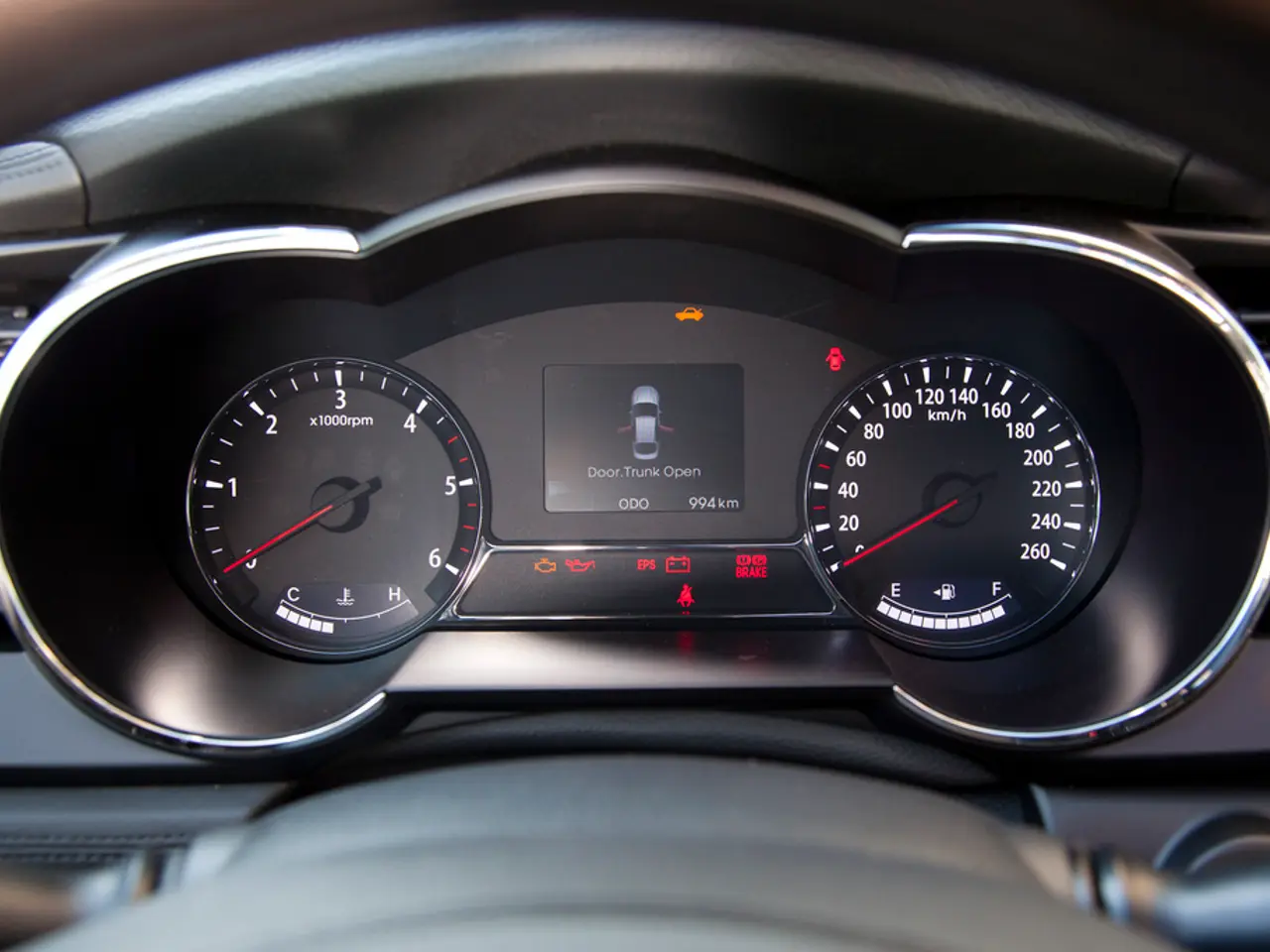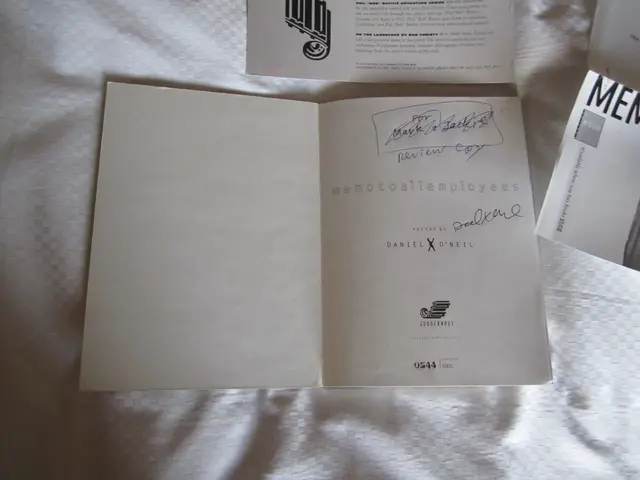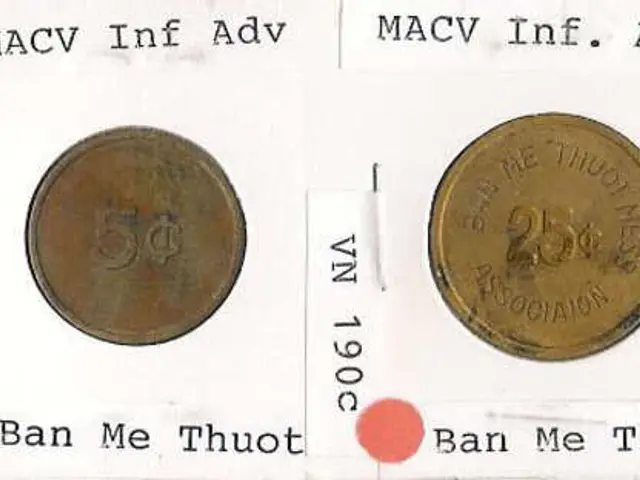Weighing Units Battle: Metric vs. Imperial Units Cause Confusion Once More
In the world of trade and commerce, the terms 'tonne' and 'ton' are commonly used, but their meanings can often be misunderstood. Let's delve into the history and usage of these weight units to ensure clarity in your calculations and transactions.
The term 'ton' entered English during the 19th century when the metric system was adopted, originating from the French 'tonneau', meaning a large cask or barrel. Over time, it evolved into the metric tonne, which is equal to 1,000 kilograms.
In contrast, the imperial system, predominantly used in the United States, employs two types of tons: the short ton and the long ton. The short ton, equivalent to 2,000 pounds or approximately 907 kilograms, is the more commonly used term in the U.S. context. On the other hand, the long ton, or British ton, weighs 2,240 pounds or 1,016 kilograms.
It's essential to clarify which type of ton is being referred to when discussing weight, as the terms can sometimes be used interchangeably, leading to potential confusion. For example, in shipping, tonnage can refer to volume, such as a register ton of 100 cubic feet, or it can mean mass.
When it comes to international trade, the metric tonne (tonne, 1,000 kg) is predominantly used, while the short ton (2,000 pounds, approx. 907 kg) is primarily used in the United States in commercial contexts. However, in the USA, short tons appear in commodity reports, but international contracts usually specify tonnes.
In light of this, it's crucial to define terms the first time they are used so that readers understand what each unit means. To avoid confusion, it's recommended to use 'tonne' for the metric system and 'ton' for the imperial system. Furthermore, always check whether a figure refers to mass or capacity before calculating freight charges or limits for surface transport.
To sum up, the terms 'tonne' and 'ton' are frequently used in trade and commerce, but their meanings can vary. To ensure clarity, always define the unit the first time it is used and clarify whether it refers to mass or volume. By doing so, you'll help maintain smooth transactions and prevent potential misunderstandings.
Read also:
- Peptide YY (PYY): Exploring its Role in Appetite Suppression, Intestinal Health, and Cognitive Links
- Toddler Health: Rotavirus Signs, Origins, and Potential Complications
- Digestive issues and heart discomfort: Root causes and associated health conditions
- House Infernos: Deadly Hazards Surpassing the Flames








